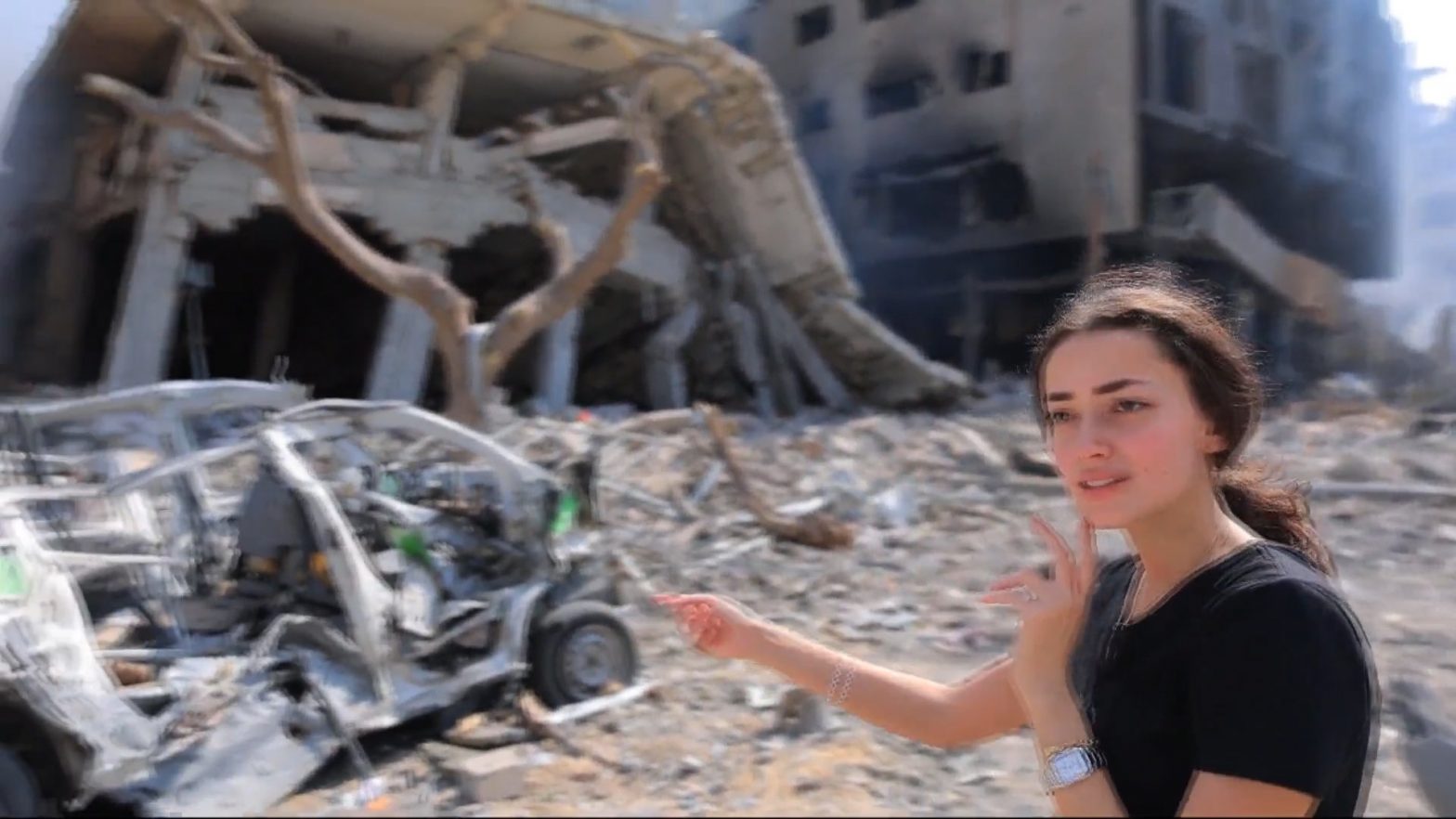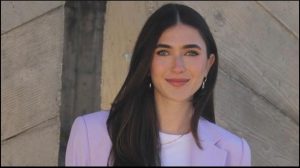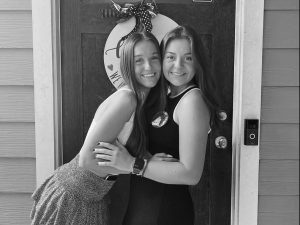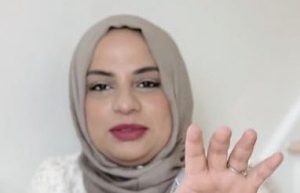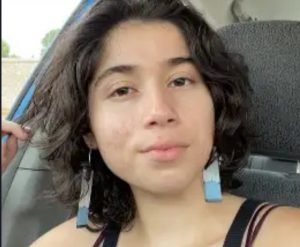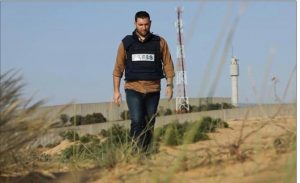In a region ravaged by conflict, survivors offer a unique perspective as narratives clash between two opposing sides. Gaza, which has suffered devastating Israeli airstrikes in response to Hamas’ attacks on Israel, finds itself in the midst of this turmoil. As the media and social media platforms become divided and the blame game takes precedence, uncovering the truth becomes increasingly challenging. Amidst this chaos, individuals like Plestia Alaqad stand out. She uses her mobile phone to document the extensive destruction in her surroundings.
Who is Plestia Alaqad?
Plestia Alaqad, a Palestinian journalist from Gaza, has been sharing her experiences since the Israel-Hamas war erupted on Saturday. A glance at her Instagram account reveals a stark contrast between her recent posts and her previous, showcasing her normal, Instagram-worthy life.
Also Read: Who is Dr. Tarek Abu Arar, Muslim doctor shot and used as human shield by Hamas?
In one of her initial videos, Alaqad explains how people, including her neighbors, are leaving their windows open to provide shelter for anyone in need. She mentions that her neighbors and family chose not to evacuate. In the background, the sound of explosions is audible, causing Alaqad to pause as the impact shakes her surroundings. In the second part of the video, she shows the “view” from her balcony, where the bombs and debris have turned the air white.
The situation deteriorates in her subsequent video. She notes the absence of electricity and internet. Later in the video, she reveals that a bomb exploded very close to her home, shattering her windows. As she zooms out, she captures people crying out for ambulances, although the streets appear deserted. Later that night, she and others evacuate the building. While her initial footage showed her building on fire, she later clarified that not the entire building had burned.
Alaqad also appeared in an interview with the GB News Breakfast Show, where she was asked if Gaza’s citizens have any means of escape. She responds with a poignant question: “Go where?”
In a subsequent post, she highlights the safety equipment worn by journalists, who, despite their precautions, have been killed. “No matter if you are wearing the uniform or not, you will get killed,” she states.
Also Read: Who was Emily Hand? Father welcomes news of 8-year-old’s death in Hamas attack
In further updates, Alaqad laments the lack of internet access, preventing her from posting videos or conducting interviews. The destruction of the streets has made it impossible for ambulances to reach their destinations.
She explains that there is limited internet access in some areas, but it is excruciatingly slow. Alaqad emphasizes the absence of safe shelters and the inherent dangers of travel. She reveals that she uses two phones to capture footage and charges them at the hospital. Many Gaza news outlets have also ceased coverage due to the lack of electricity and internet.
Israel has imposed a blockade on Gaza by air, land, and sea, citing the need to protect its citizens from Hamas. Israel denies allegations that the blockade violates the Geneva Convention, claiming its legality. This blockade has made movement in and out of Gaza exceptionally challenging.
Access to Gaza is not only perilous but also deadly for many journalists covering the devastation. Several Palestinian journalists have lost their lives, and some remain missing. The Committee to Protect Journalists (CPJ) has called on all parties not to target journalists. In this context, Plestia Alaqad’s coverage is of immense importance.
The Israel-Hamas conflict, triggered by Hamas’ attack on Israel and the subsequent Israeli airstrikes on Gaza, has claimed the lives of approximately 3,000 people.

